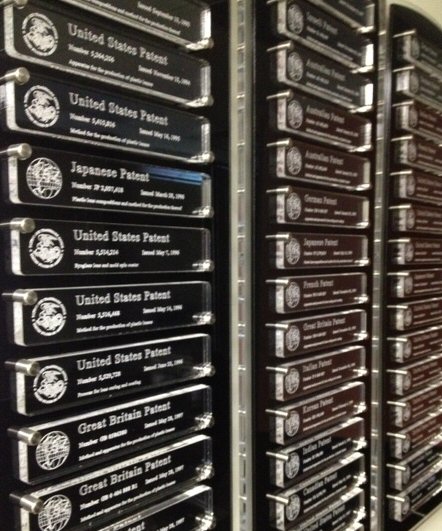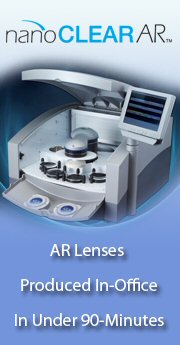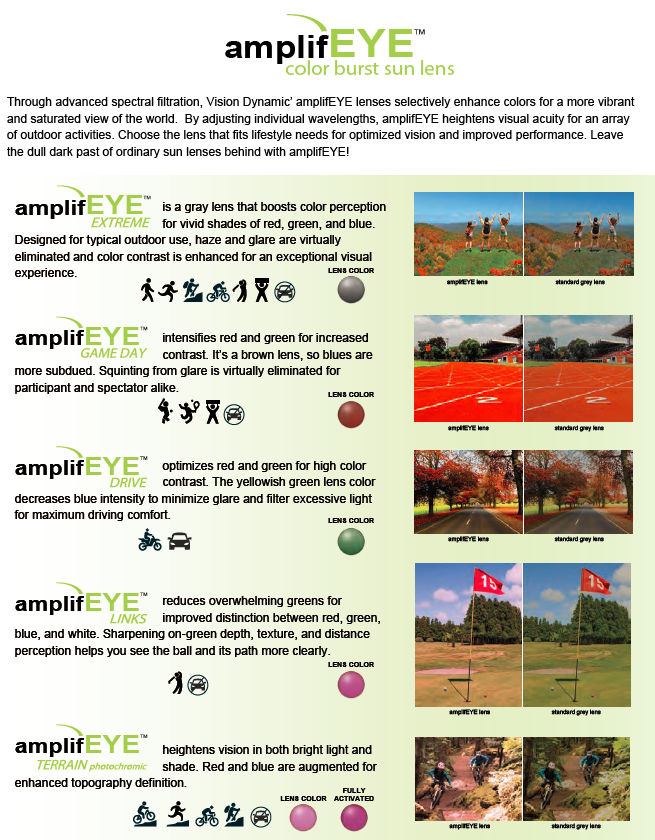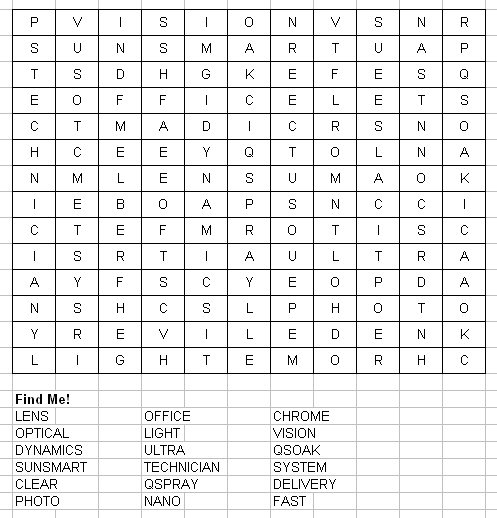You’ve chosen Optical Dynamics technology for superior lens quality and profitability, but you may not know that we’ve devoted more than thirty years to research and development that has moved the industry forward.
The company began in 1985 at the University of Louisville Polymer Chemistry Department. A research chemist had a vision to make a superior optical lens direct from liquid plastic to the finished Rx using the speed of radiation curing. Five years of meticulous research commitment led to our first in-office lens system released for sale in 1990.
 As the technology took hold, ten additional years of development and the registration of over 100 additional worldwide patents led to the release of today’s Q-2100 Digital Lens System, a small tabletop unit scalable to almost any practice. All new product advancement including mold designs, lens materials and coatings, has been developed to grow and expand with this platform.
As the technology took hold, ten additional years of development and the registration of over 100 additional worldwide patents led to the release of today’s Q-2100 Digital Lens System, a small tabletop unit scalable to almost any practice. All new product advancement including mold designs, lens materials and coatings, has been developed to grow and expand with this platform.
Our history of university affiliated research continued with the development of the in-office nanoCLEAR AR unit. Through a partnership with the University of Kentucky and the University of Louisville our team of engineers and chemists took the latest nano particle technology available creating an anti-reflective coating system for the optical professional. This revolutionary product launched in 2005 continues to push the bounds of in-office lens production innovation, even today.
Optical Dynamics expanded in 2007 with launch of Vision Dynamics Laboratory. Our full service lab runs our proprietary products in an expanded range catering to the needs of Q-2100 owners and to other optical professionals who may not be ready for an in-office system but who want to benefit from our quality lens products at competitive prices. With a unique expertise in glass lens surfacing, our laboratory also caters to the fulfillment of glass jobs for optical labs around the country.
Product advancements in 2010 and 2011 included the development of both optical and non optical related products. Recent grants from the Department of Energy, National Science Foundation and Kentucky SBIR continue our pursuit of new materials, coatings and films as seen in the recent release of clearLIGHT PLUS, sunSMART, ultraSUN and nanoCLEAR AR V.
2012 through 2017 were more big years with the release of permaTINT pretinted SFSV lens blanks, sunSMART SFSV lens blanks, colorMAG shooting lenses, sunSMART II grey & brown and ultraSUN II, with Vision Dynamics Laboratory named as the largest independent glass lens processor in the United States.
2018 saw the addition of two exciting new monomers to the product line. blueVIEW defense blue light lenses are sunglasses for your indoor world. amplifEYE color bust sun lenses are like HDR for for your eyes!
2019 through 2022 additional lab products were introduced including CR-39, Trivex and 1.67 permaTINT, clear and photochromic 1.67 FT-28 semi-finished lenses, and a new digital surfacing line to process glass.
Let’s see what 2023 brings!
 Optical Dynamics newest lens material is blueVIEW defense, sunglasses for your indoor world.
Optical Dynamics newest lens material is blueVIEW defense, sunglasses for your indoor world.




 ORDER YOUR PAIR TODAY! 888-900-5503 VISION DYNAMICS LAB
ORDER YOUR PAIR TODAY! 888-900-5503 VISION DYNAMICS LAB


